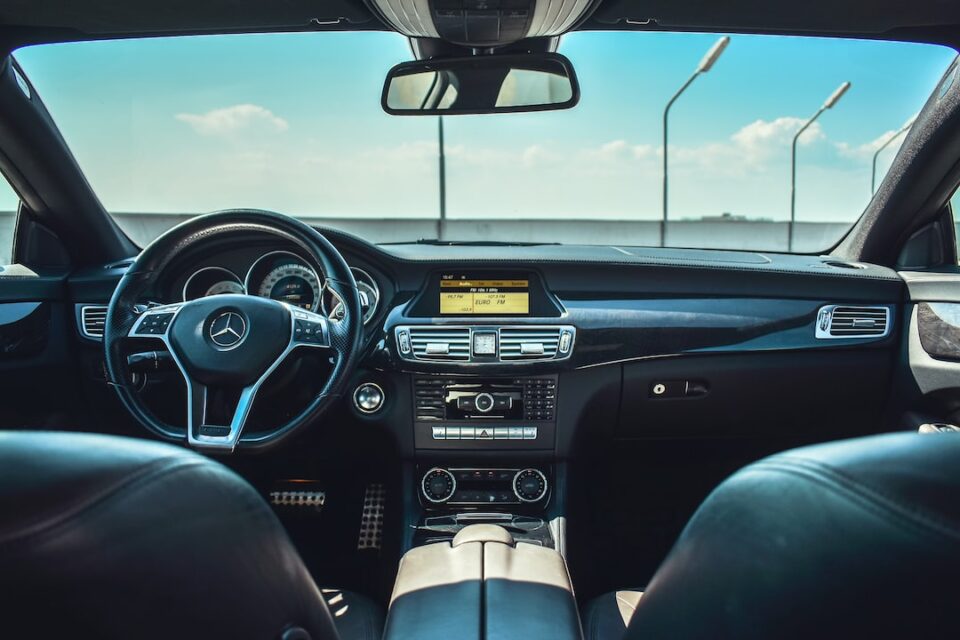How to Properly Jump-Start a Dead Battery
We’ve all been there – you turn the key in the ignition, and instead of hearing the engine roar to life, you’re met with nothing but silence. Your battery is dead. It’s a frustrating situation that can leave you feeling helpless, but fear not! Jump-starting a dead battery is easier than you might think. With the right equipment and following a few simple steps, you’ll have your vehicle up and running in no time.
First and foremost, you will need a set of jumper cables. It’s a good idea to always keep a set in your trunk for emergencies. Additionally, you’ll need a vehicle with a fully charged battery to provide the jump-start. Once you have these items, follow these steps:
1. Park the vehicles close to each other: Position the working vehicle next to the one with the dead battery, ensuring that they are close enough for the jumper cables to reach both batteries easily. Keep the vehicles in park and turn off the ignition on both cars.
2. Identify the positive and negative terminals: Most batteries have red and black terminals to indicate the positive and negative connections, respectively. It’s crucial to correctly identify these terminals before proceeding further. The positive terminal is usually marked with a plus sign (+), and the negative terminal is marked with a minus sign (-).
3. Connect the jumper cables: Start by connecting one end of the positive (red) cable to the positive terminal of the dead battery. Then, connect the other end of the positive cable to the positive terminal of the charged battery. Next, connect one end of the negative (black) cable to the negative terminal of the charged battery. Finally, connect the other end of the negative cable to an unpainted metal surface on the engine block of the vehicle with the dead battery.
4. Start the working vehicle: Start the vehicle with the charged battery and let it run for a few minutes. This will help charge the dead battery.
5. Start the dead vehicle: Now it’s time to start the vehicle with the dead battery. Turn the key and let the engine attempt to start. If it doesn’t start immediately, wait a moment and try again. If it still doesn’t start, double-check the cable connections and ensure they are secure.
6. Remove the jumper cables: Once the dead vehicle starts, let it run for a few minutes to allow the alternator to charge the battery. Afterward, carefully disconnect the jumper cables in reverse order – starting with the negative cable from the engine block, followed by the negative cable from the charged battery, then the positive cable from the charged battery, and finally the positive cable from the dead battery.
7. Keep the engine running: To avoid draining the battery again, it’s important to keep the engine running for at least 20 minutes after jump-starting. This will give the battery sufficient time to recharge.
It’s worth mentioning that in some cases, jump-starting a dead battery may not work. This could be a sign of a more significant issue with the battery itself or the vehicle’s electrical system. If you find yourself in this situation, it’s best to contact a professional mechanic for assistance.
Jump-starting a dead battery is a useful skill that can save you time and money. By following the steps outlined above and using caution, you can quickly get your vehicle back on the road. Remember to always practice safety when dealing with car batteries, as they contain potentially hazardous chemicals. With a set of jumper cables and a little know-how, you’ll be an expert at jump-starting dead batteries in no time.

